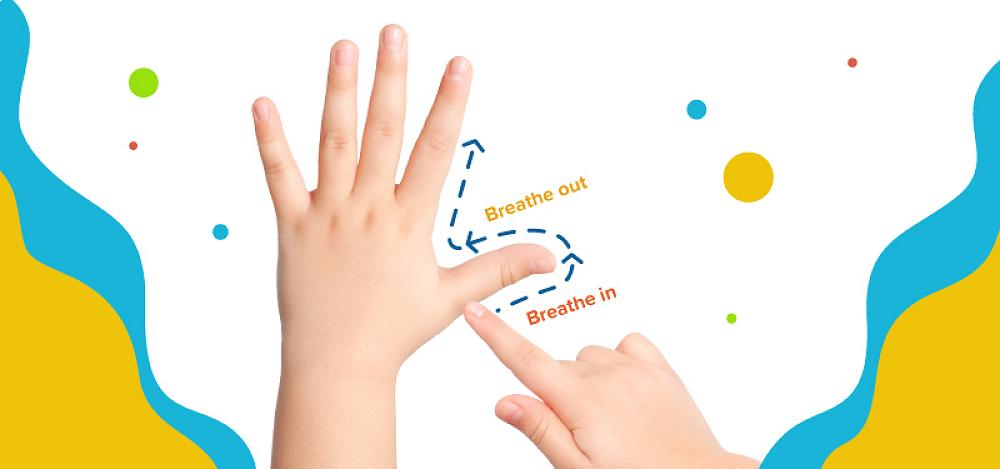
The Hand Model of the Brain: Part Two - quick tips to bring the brain back online
This newsletter follows on from the explanation of The Hand Model of the Brain in Term 3 and aims to provide you with some quick tips for when your son’s ‘lid has flipped’. This is so you can help to bring his brain back online - or even better prevent it from going offline in the first place.
Here is the link to the previous newsletter on this topic, published on 30 August 2022: The Hand Model of the Brain: Part One - how the model works. You may wish to read it first if you haven’t already, so that the content of this newsletter makes sense. I would encourage you to talk with your son about what he notices in his body when his lid is about to flip, for example his tummy might feel funny, his brain might feel foggy or his palms might feel sweaty. Talk to your son about using some of the tips below when he, or you, notice that his lid is about to flip.
Take a quick brain break. For example, get your son to write his name in the air with one hand, then the other, and if you want to bring some humour into it now get him to write his name in the air with his belly button! The rhythmic motion of doing this is soothing and will help to focus his attention. Other brain breaks include going outside for fresh air, getting up and moving around, or naming 5 things you can see, hear or touch.
Focus on breathing. If your son has a preferred breathing exercise, get him to use this. There are a huge range of breathing exercises out there, including those included in this previous newsletter: The Power of Breathing. Or simply get your son to trace the outline of his fingers in rhythm with his in-and-out breath pattern: breathing in as he goes up one side of his thumb or finger and then out as he goes down the other side until he has traced his whole hand. Again, the rhythmic motion of doing this is soothing and will help to focus his attention. A quick hack I have learnt regarding breathing is to take two short sniffs in a row, which will help to get the brain ready for learning and focus. It may look a little funny but it is a good one to try!
Clap your hands. This quick activity engages the body as well as focusing attention on the action of clapping and the sensation in the hands. This will help your son to feel less tense and redirect his feelings. This one minute video, 1-2-3 Clap!, provides one example of how to use this, or simply get your son to clap his hands, rub them together, and then focus on the energy that is created, and repeat this until his brain is back online.
Have an attitude of gratitude. At the moment in time this could include asking your son to name 3 things he is grateful for as this will redirect his attention to something more positive. Developing daily gratitude practices could be helpful long term when it comes to keeping your son’s brain online. This could include a gratitude journal or more simply, it could be starting or ending each day by sharing 3 things each you are grateful for that day. Amongst many things, gratitude helps to shift stressful reactions and develop a positive mindset, both of which will help your son’s brain to stay online. For more on gratitude please feel free to revisit this newsletter: The power of developing an “Attitude of Gratitude”.
Name it to tame it. Once you have used some of the tips above, or whatever works for your son, you can then connect further with your son and talk with him about what has caused his lid to flip. If you can identify what is causing his big emotions, or in other words ‘name it’, research shows that this helps the upstairs brain (the fingers or prefrontal cortex) to soothe the downstairs brain (the thumb or amygdala), or in other words ‘tame it’. This video helps to explain this further: Dan Siegel: Name it to Tame it
Image sourced from: https://blog.byjus.com/early-learn/meditation-doesnt-hard-finger-breathing/
Jenelle Hooson
Jenelle is a Registered Provisional Member with NZAC (New Zealand Association of Counsellors).
If you wish to discuss the services the School Counsellor can provide, please see your son’s homeroom teacher or Scott Johnson: scott.johnson@medbury.school.nz.